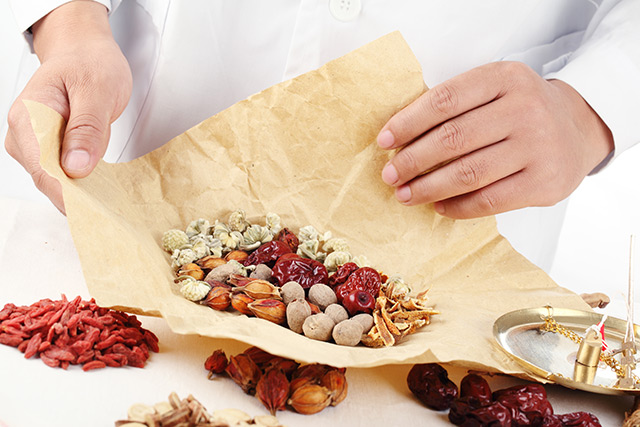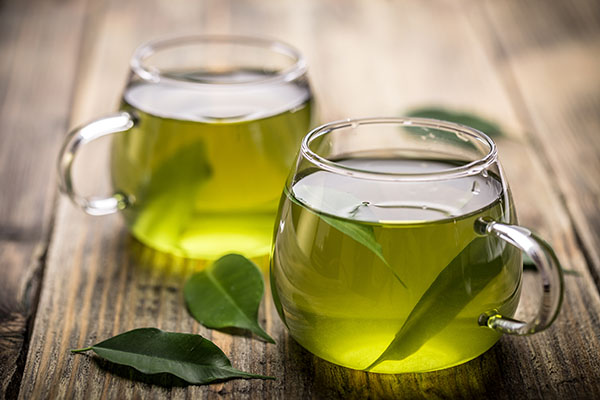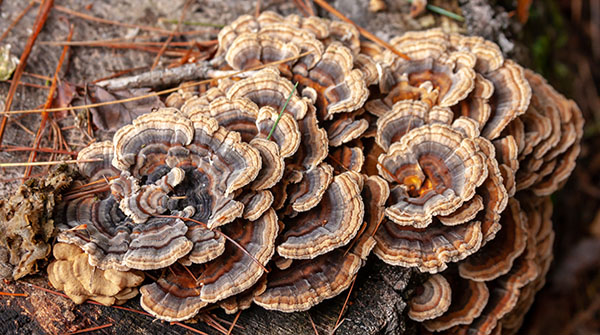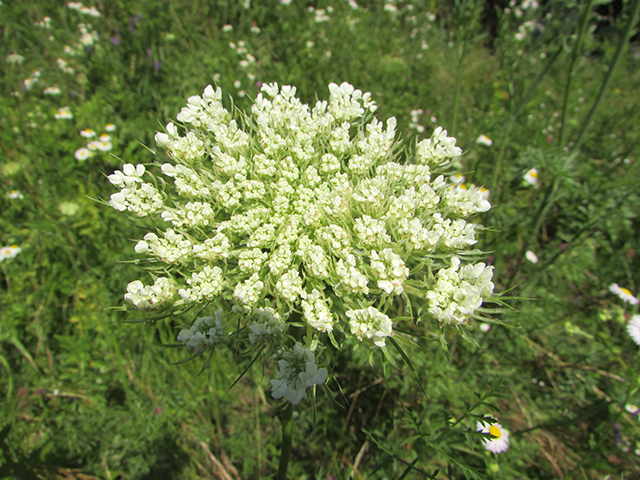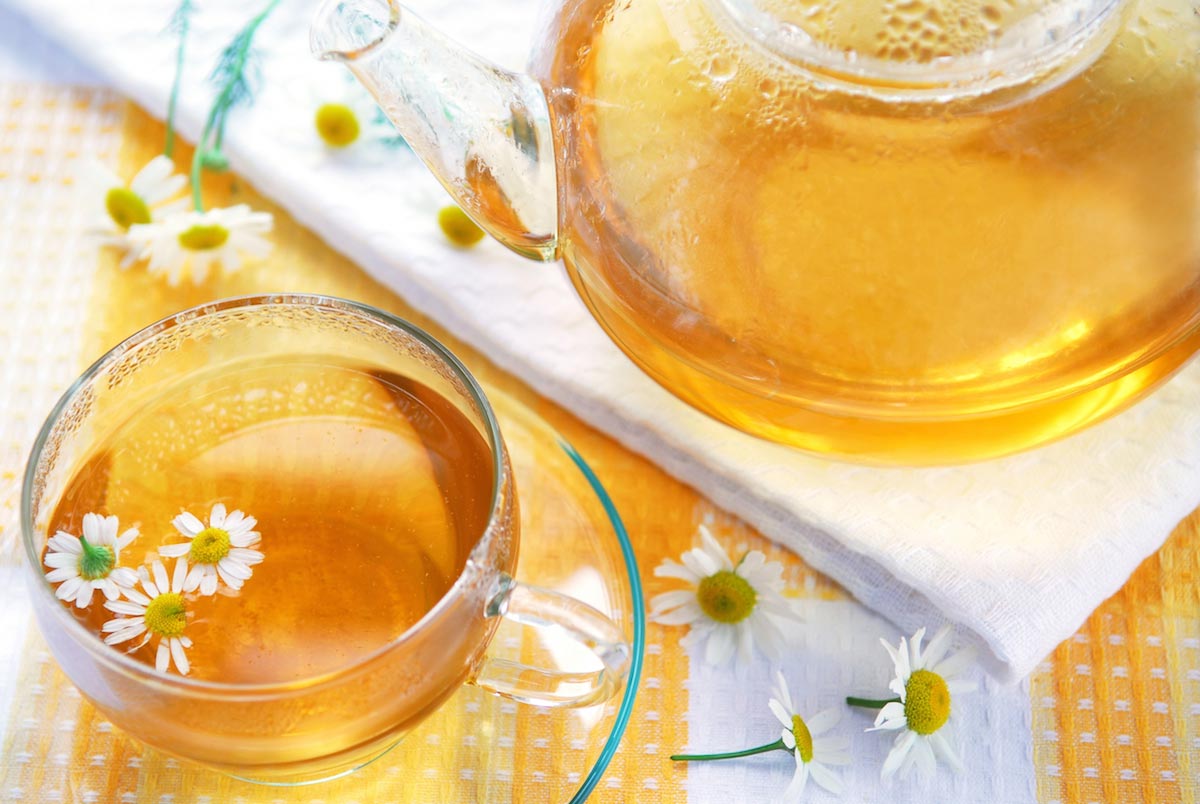These 7 herbs can help you through life’s aches and pains
02/03/2023 / By Olivia Cook

Manage your pain naturally without relying on over-the-counter pain medications with these seven natural pain relievers:
Boswellia (Boswellia serrata)
Boswellic acids are the active constituents of Boswellia, an ayurvedic herb found from the resin of the plant, according to a study published in the journal Evidence-based Complementary and Alternative Medicine.
Many clinical studies, including one published in the journal BMC Complementary Medicine and Therapies, have found that Boswellia and its extracts are safe and effective treatment options for patients diagnosed with osteoarthritis and rheumatoid arthritis. Boswellia extracts can help alleviate pain, reduce swelling and improve knee-joint functions within seven days.
Chili peppers (Capsicum frutenscens)
A study published in the British Journal of Anesthesia noted that many topical creams, lotions and patches used to relieve pain contain capsaicin, which is present in chili peppers. Researchers indicated that three to five topical skin applications of it per day for two to six weeks showed beneficial effects against various pain syndromes, including post-herpetic neuralgia, diabetic neuropathy and chronic musculoskeletal pain. (Related: 80 percent of the world’s population still relies on ancient medicine made from plants and botanicals.)
Cloves (Syzygium aromaticum)
Eugenol, also called clove oil, the main bioactive compound of clove, has been widely used for its anesthetic and analgesic action in dentistry. A study published in the journal Natural Product Communications reported that in addition to analgesic and local anesthetic activity, eugenol possesses significant antioxidant, anti-inflammatory and cardiovascular properties.
Researchers in a study published in the Journal of Dentistry found clove gel to be as effective as benzocaine gel that dentists often use to reduce needle pain. They also concluded that even homemade clove gel has the potential to replace benzocaine as a topical agent before needle insertions.
Devil’s claw (Harpagophytum procumbens)
Devil’s claw, a traditional South African herbal remedy, contains iridoid glycosides, including harpagoside, which has been proven safe and effective in reducing pain and inflammation from fibrositis, gout, lumbago, myalgia, osteoarthritis, pleuritic chest pain, rheumatoid arthritis and tendonitis since the 1900s.
A study published in the Journal of Alternative and Complementary Medicine indicated that devil’s claw is a rich source of anti-inflammatory activity and is a safer option than the use of nonsteroidal anti-inflammatory drugs, whose adverse effects are well documented.
Feverfew (Tanacetum parthenium L.)
The flowers and the leaves of the feverfew herb, also called medieval aspirin, contains sesquiterpene lactones, including parthenolide, and other active constituents, such as flavonoid glycosides and pinenes.
Also known as feather few or bachelor’s buttons, this medicinal plant is used in traditional and folk medicine to relieve full-body aches and pains associated with fever, migraine headaches, toothaches, stomach aches and long-lasting or chronic pain from rheumatoid arthritis. A study published in the journal Pharmacognosy Review concludes that feverfew flowers and leaves have analgesics or pain-relieving properties.
Rosemary (Salvia rosmarinus)
Researchers in a study published in Addiction and Health suggested that rosemary acts on receptors in the brain called opioid receptors, which are involved with the sensation of pain. You can benefit from rosemary’s medicinally and pharmacologically active components, such as rosmarinic acid, carnosic acid and essential oil, by massaging the oil on the affected area. Mix one teaspoon of carrier oil (like jojoba oil) with five drops of rosemary essential oil to create an effective salve. (Related: Discover the many health benefits of the herbal spices rosemary and thyme.)
White willow (Salix alba)
Greek physicians from centuries ago used white willow bark as a natural remedy for pain associated with inflammation, particularly low back pain and osteoarthritis, headaches and other inflammatory conditions, such as bursitis and tendinitis.
White willow bark contains an aspirin-like compound known as salicin and other salicylates, as well as polyphenols, which is responsible for the pain-relieving and anti-inflammatory effects of the herb in combination with its powerful anti-inflammatory plant compounds called flavonoids.
Herbs have an important place in any prepper’s medicine cabinet, obviously with your doctor’s approval. Always consult your doctor or a naturopath who’s an herbal specialist before trying more herbs for your pain management toolbox.
Read more stories about natural medicine at AlternativeMedicine.news.
Watch this video about 20 must-have herbs for first aid.
This video is from the LDS Prepper channel on Brighteon.com.

More related stories:
Not just a cute plant, the bunny ears cactus relieves pain naturally.
Tamarind more effective than standard analgesics, study shows.
Sources include:
Submit a correction >>
Tagged Under:
alternative medicine, analgesics, ayurveda herbs, chronic pain, herbal medicine, Herbs, natural analgesics, natural anesthetic, natural medicine, natural pain reliever, pain management, pain relief, toothaches
This article may contain statements that reflect the opinion of the author
RECENT NEWS & ARTICLES
Herbs.News is a fact-based public education website published by Herbs News Features, LLC.
All content copyright © 2018 by Herbs News Features, LLC.
Contact Us with Tips or Corrections
All trademarks, registered trademarks and servicemarks mentioned on this site are the property of their respective owners.




